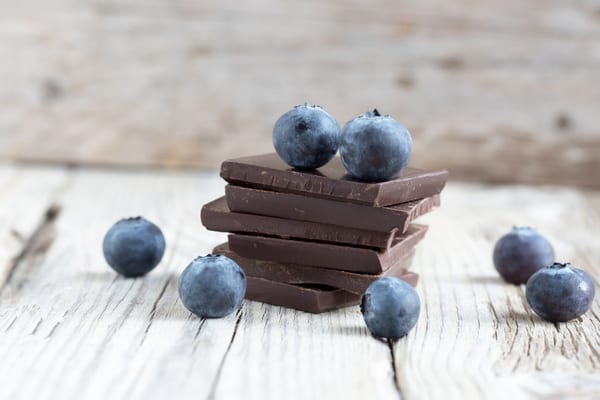When it comes to hypertension symptoms, a low blood pressure diet can be your best medicine. Generally speaking, increasing the amount of plant-based foods (especially fruits and vegetables) in your diet is a must for anyone suffering from high blood pressure. Furthermore, research is showing that certain plant foods are especially good at treating hypertension. With that in mind, try these seven examples of foods that lower blood pressure.
Flaxseed
Ingesting 30 grams of ground flaxseed per day lowers systolic blood pressure by an average of 15 mmHg and diastolic pressure (the lower number) by about 7 mmHg in those with hypertension. Whole and ground flaxseed is now found in almost every supermarket. It can be sprinkled on fruit, yogurt, and hot or cold cereal, found on the crust of multigrain breads and blended into smoothies.
Beet and Apple Juice
Are beets good for high blood pressure? Beets and high blood pressure are a great combination. Beets have among the highest nitrate contents of all vegetables. Consuming foods high in nitrates helps the body produce more nitric oxide (NO), which dilates the arteries to decrease blood pressure and improve cardiovascular function. A juice containing 72 percent beet juice and 28 percent apple juice decreases systolic blood pressure by an average of 4 to 5 mmHg. Try making your own carrot, apple, ginger, and beet juice for high blood pressure.
Vegetable juice
Tomato-based bottled vegetable juice blends such as V8 or Knudsen’s Very Veggie decrease systolic blood pressure by an average of about 5 mmHg. Look for the organic and low sodium versions of these tasty juice blends.
Prunes
Three to six dried plums (prunes) per day can significantly lower blood pressure and LDL cholesterol. Prunes may not have the best reputation, but they are actually a sweet, delicious superfruit. While they are great to snack on as is, prunes can also be incorporated into many sweet and savory dishes. For free ideas, visit the California Dried Plum Board’s website here.
Blueberries
Although no human studies have yet been conducted to show whether blueberries lower blood pressure in hypertensive humans, the likelihood is high given the results of rat studies, which show about a 14 percent reduction in systolic blood pressure with blueberry consumption. Specific flavonoids in blueberries are responsible for their blood-pressure-lowering effect. Wild blueberries have a higher flavonoid content than non-wild varieties. Trader Joe’s sells pesticide-free, frozen wild blueberries that are great blended into smoothies.
Hibiscus Tea
Hibiscus is a potent source of blood-pressure-lowering flavonoids called anthocyanins. Drinking tea made from the deep magenta-colored calyces (sepals) of the hibiscus flower is an easy way to consume these powerful anthocyanins and to lower your blood pressure. Hibiscus is sour, so it’s nice to sweeten the tea a bit with a natural sweetener like stevia. Try it iced with a splash of pomegranate juice for a refreshing drink that will lower your blood pressure while it quenches your thirst.
Dark chocolate and cocoa
Dark chocolate and cocoa reduce systolic blood pressure by an average of 5 mmHg and diastolic blood pressure by an average of 3 mmHg. The blood-pressure-lowering effects of cocoa stem from the fact that it is rich in many different phytochemicals, including procyanidins, theobromine, epicatechin, and catechins. The darker the chocolate, the higher the cocoa content and the more phytochemicals it tends to contain. Look for dark chocolate bars with at least 70 percent cocoa content and eat one or two small squares per day.
If you have hypertension, and all you have to do is eat some dark chocolate, add some blueberries to your plate or sip some hibiscus tea to lower your blood pressure and your risk of having a devastating stroke or heart attack, then why not try it? How much easier could it get?
—
Photo Credit: BarthFotographie / Shutterstock.com
